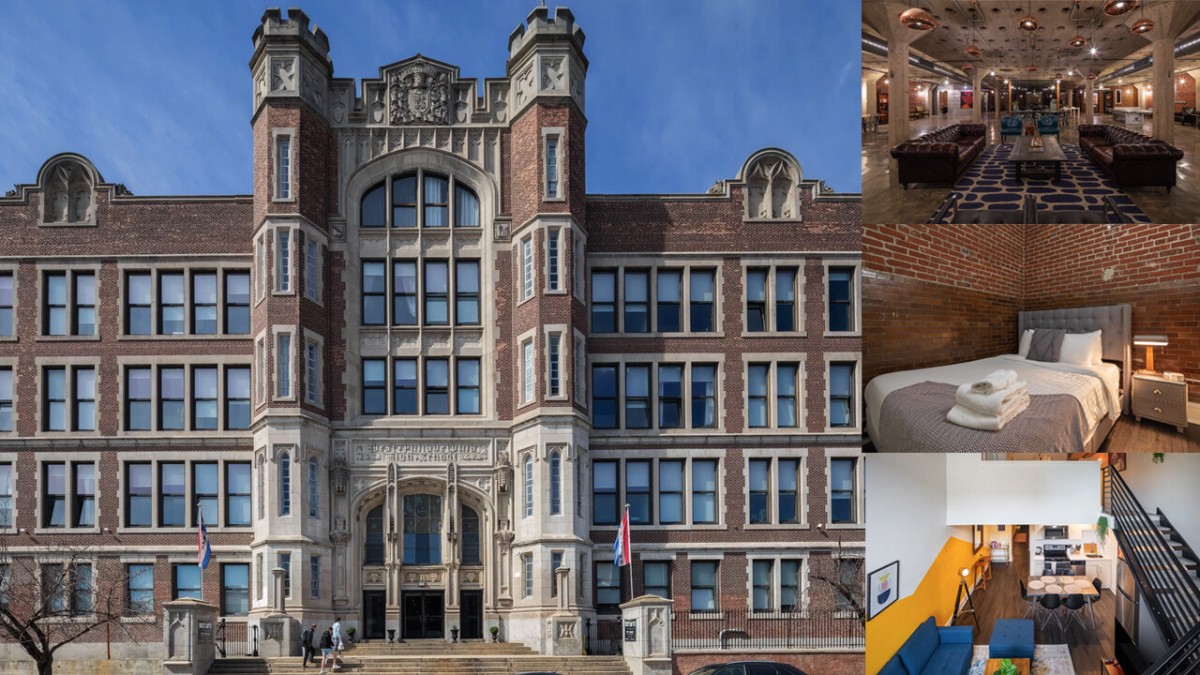Building reuse or adaptive reuse is an architectural approach that aims at repurposing and breathing life into old and abandoned historic buildings for new use, different from what they were initially intended for. This approach converts these structures into useful buildings that fit the surrounding, like creative venues, student and low-income housing, and even community centers. For instance, an old train station, factory, or church can be turned into a restaurant, office space, or home. Commercial real estate developers mostly handle these projects due to their expertise and financial means to make these renovations successful.
You might wonder why one decides to repurpose an existing building. Adaptive building reuse is a trend that continues to grow after being in existence for many years. For higher education, this approach has advantages and downsides to it. Here are some of the reasons why building reuse is important.
Why is adaptive building reuse important?
- Building reuse can be a form of preservation of history in a community with historic architecture. This approach helps to maintain cultural heritage by restoring these culturally significant sites instead of demolishing them to make room for other buildings.
- Adaptive building reuse brings functionality and beauty to these buildings. These developers create unique buildings that become cultural beacons in the cities and communities.
- This approach helps reduce unrestricted expansion in urban centers. Most of the time, constructors find new construction sites are often further away from the city, fueling this unrestricted expansion that contributes to dangerous traffic, air pollution, social isolation, and higher cost of infrastructure, to name a few. Adaptive reuse, therefore, slows urban sprawl.
Adaptive building reuse has several advantages. Here is why it is should be a preferred option for many building projects… Continue reading on linkedin.com



